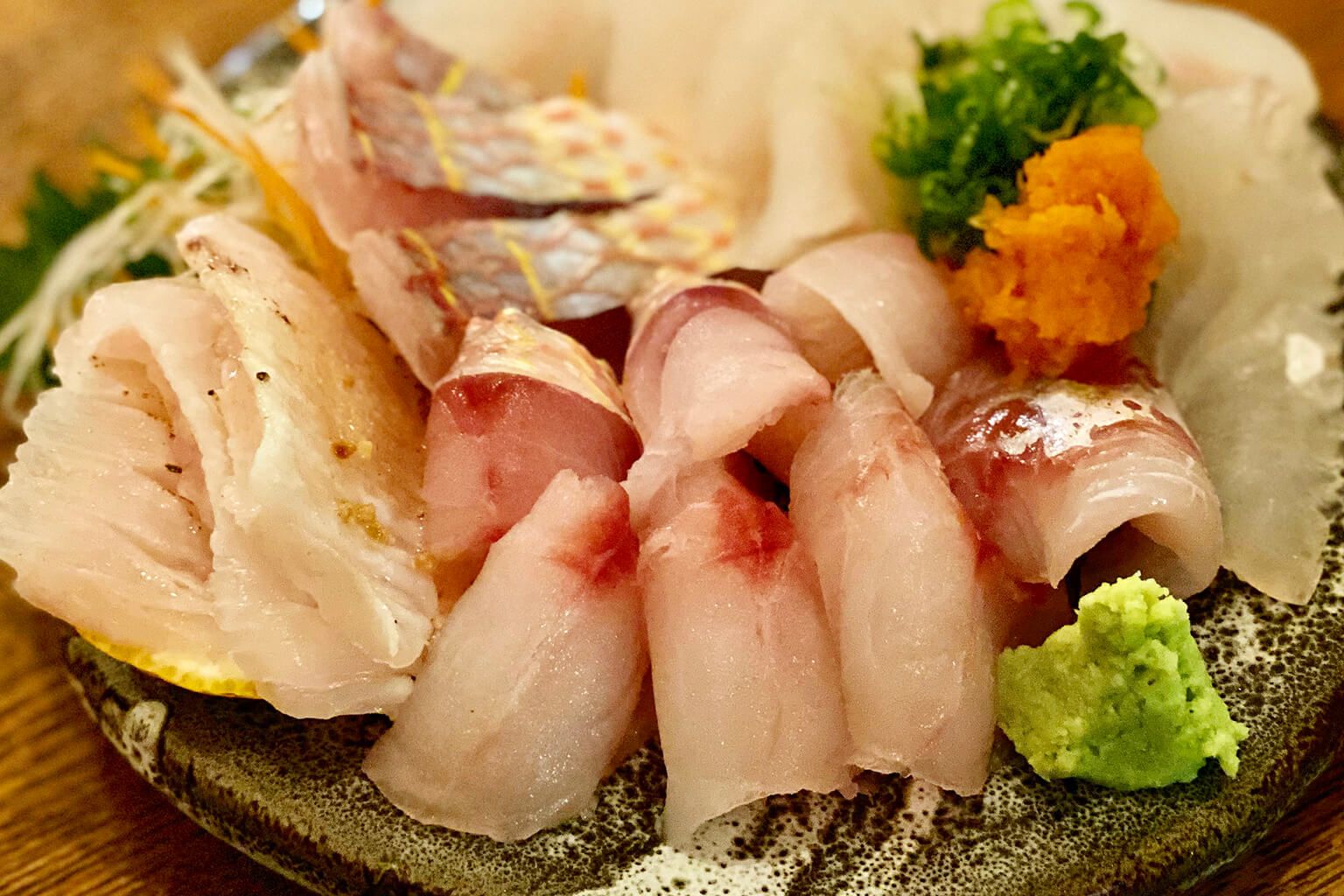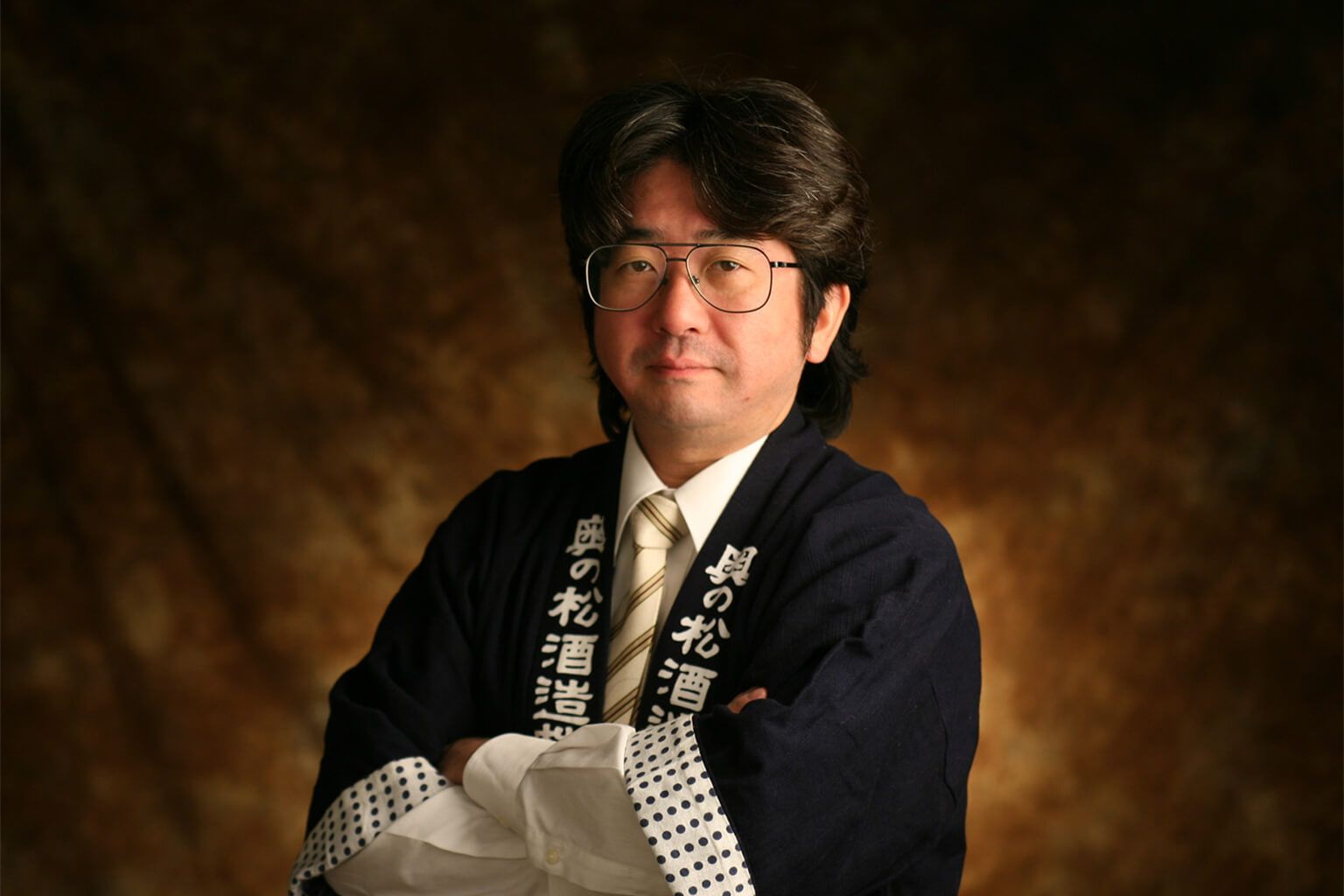Among Tippsy’s fruity sake fans, Homare is one of the most beloved brands with delightful and unique fruity flavored sake. The fourth-generation brewery president at Homare Brewing Company, Hiroyuki Karahashi, described their philosophy of creating sake that brings joy to customers.
Keeping a promise of “good sake” for customers
Mimi (Tippsy Staff): On Homare’s website, you write that your focus is to make sake that’s highly reproducible. In interviewing many sake makers, I’m often told that being able to consistently make sake with an identical profile is difficult because it can be so unstable, almost as if it were a living thing. Despite all that, can you tell me why you’ve focused on reproducibility?
Hiroyuki: When we say our focus is to make reproducible sake, we’re not saying that we can perfectly reproduce the sake each time, but that we strive to get to that point. But let’s say we make sake and it’s good. We want to be sure it’s good because of the steps we took to make it and not by luck. So we have to think about the processes and what goes into them.
As you mentioned, it’s a living thing. There are microorganisms that carry out the fermentation. The quality of the rice may change year to year. That’s why we have to think about what things we can control and how to use them to compensate for the little changes. If we can’t do that, if we can’t start from the same point each time, it’s almost impossible to know if we’re making progress.
That’s why I think reproducibility is so important. And if a customer buys our sake one year and thinks it’s good, they expect it to be good every year. It would be a betrayal to them if we weren’t able to consistently provide that to them. So reproducibility is also important to meet customer expectations.
Mimi: That’s very cool. Is there a particular sake that your customers say is really good?
Hiroyuki: Well, it really depends on the customer since everyone has different tastes. So it’s hard to say. For example, if a couple comes and does a tasting, one of them may like one sake and the other may like another, so they end up arguing over what sake to ultimately buy. In those cases, I tell them to buy both.
Mimi: Doing a tasting is always fun! Before I joined Tippsy, I didn’t know very much about sake so I always ended up drinking sweeter sake. But Sachiko (Portfolio Manager at Tippsy) opened me up to many different kinds of sake that I didn’t realize existed. Before I knew it, I was enjoying sake that I never thought I’d have a taste for.
Hiroyuki: With wine, I feel like many people start with sweeter white wines, then gradually start to explore drier wines and then red wines. I think people go through a similar process with sake. So a person’s sake preference will really depend on where they are in that process. That’s why I can’t recommend just one sake.
Sake and beauty
Mimi: I noticed on your website, you bring up the concept of sake and beauty. Are there any tips you’d like our customers here in the U.S. to know about sake and its connection to health and beauty?
Hiroyuki: Of course, drinking too much of any alcohol is detrimental to your health. But there are a lot of different amino acids in sake. I think there are over a hundred kind. And chains of two more amino acids form these peptides that are beneficial to your body in many ways. Recently, some of these peptides have been found to have positive effects against Alzheimers, heart disease, and diabetes. So I think that sake might be useful in the prevention of these kinds of diseases.
Mimi: Speaking of health and beauty, I think Sachiko has had the most sake out of all of us here and she has the nicest skin!
Hiroyuki: I noticed that, too! It used to be said that sumo wrestlers had perfect skin, too. And that’s because they used to drink a lot of sake. Not so much these days, but back then. And the people who work with koji, their skin is so smooth! My mother researched the effects of sake on the skin and developed the sake skin toner we make.
Mimi: I see! Is it sold here in the U.S.?
Hiroyuki: Unfortunately, it isn’t. But it’s available in major drug stores in Japan!
The fun ways to enjoy Homare’s fruity nigori
Mimi: Homare “Strawberry” is very popular here and it gets hard to keep enough inventory sometimes! Do you have any suggestions for ways our customers can enjoy this sake?
Hiroyuki: Mixing it with milk is one popular way to drink it. But in the summer, I recommend pouring it out into a tray and freezing it so it becomes a sorbet. You can pour a little milk on it after that. That’s one way you can drink, or, eat it.
Mimi: That sounds delicious! Almost like shaved ice!
Sachiko (Tippsy Staff): I noticed a lot of bars over here use your Homare “Yuzu” in all kinds of cocktails. So I was wondering if you had any recommended ways to enjoy it.
Hiroyuki: The yuzu sake is a really great base for cocktails, so it might be better to ask those bartenders than me. I hear they even use it in cocktails in Sweden! I was surprised when I heard that.
Sachiko: Amongst all the different yuzu sake, I think yours is the richest in flavor.
Hiroyuki: I think that might be true. We imagined that people would enjoy it by mixing it with soda or serving it on the rocks, so we concentrated the flavor with that in mind. And since it uses a junmai sake as its base, as opposed to a shochu or white liquor base, it’s relatively mellow.
Building the Kitakata Terroir
Mimi: Are there any goals that you plan on focusing on to help expand your international appeal?
Hiroyuki: That’s a tough question. Since the time my great-grandfather started the brewery 100 years ago, we’ve held the belief that we couldn’t just do what everyone else is doing. For my generation, I’d like to rethink what it means to be local while a lot of breweries buy rice that isn’t grown locally, like Yamadanishiki, to make their sake.
Since we’re in Kitakata, I’d like to really delve into what makes Kitakata Terroir unique. So we’ve created a product called Kitakata Terroir that uses Yamadanishiki rice that was grown here in Kitakata and, of course, uses water from Kitakata. But I’d like to further study and analyze what qualities of the water here make it good. And with that information, we want to apply for GI, or geographical indication, for Kitakata sake. With that GI, we want to sell the Kitakata name to the world. All the Kitakata breweries are currently working on this.
Mimi: What does sake mean to you?
Hiroyuki: As a consumer, I think it’s something that adds richness to my life. As a company, our credo is “craftsmanship that evokes tranquility, joy and emotion.” And if you think about why people drink sake, I think a lot of people are looking for a moment of tranquility in their day in their glass of sake. Or the joy that comes when sharing a good drink and good conversation with friends or family. So if we can create a product that moves people, that helps them feel these emotions, that’s the pinnacle of what we can do as a company. That’s why we’ve made that our company’s credo. We want to create a product that adds richness to people’s lives through those moments of tranquility, joy, and emotion.















